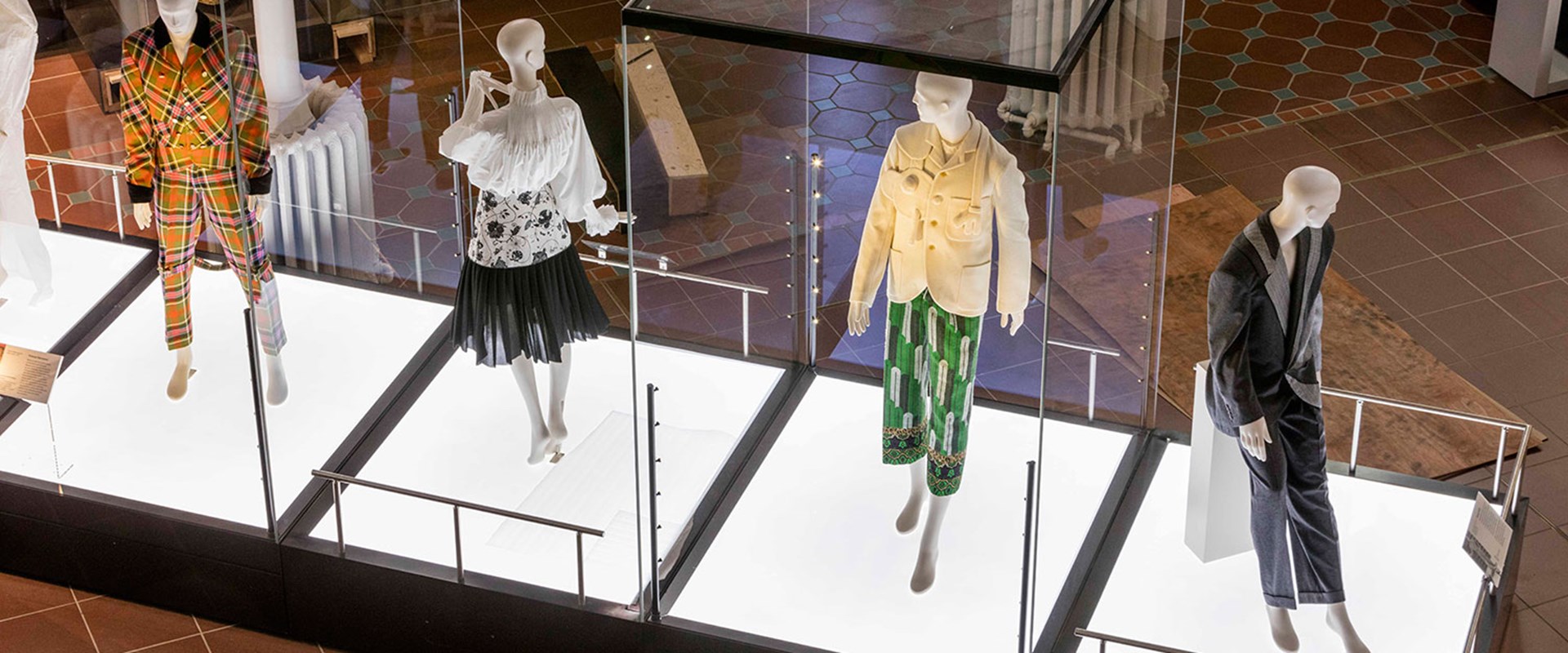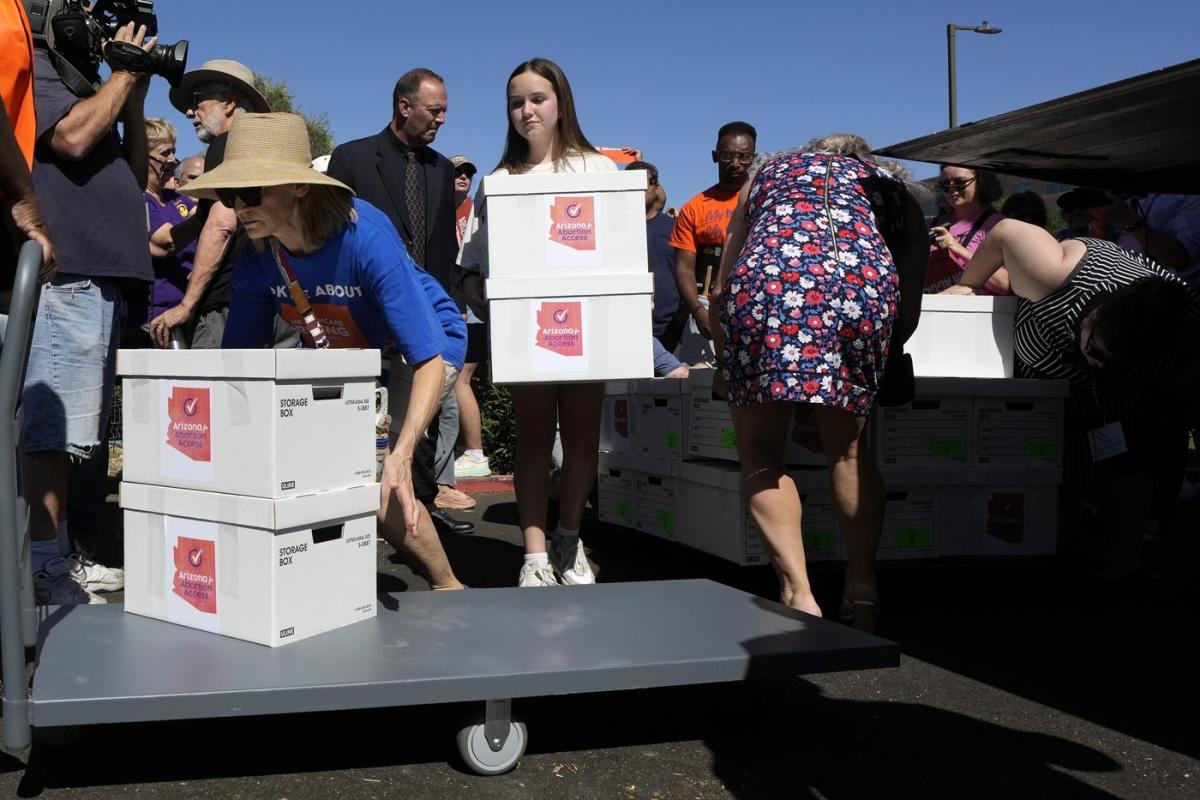Fashion
Developing new mannequins for our fashion displays | National Museums Scotland

After some impassioned and thought-provoking discussions, it became clear there’s no one clear path to take. Conversations around representation are naturally subjective, based on our individual experiences – highlighting the importance of fashion as a form of storytelling, something which expresses who we are as people. This in turn highlighted the importance of creating displays that people feel they can relate to in some way.
The discussions covered everything from how we can make museum spaces feel welcoming to all visitors and the importance of recognising global historical contributions to fashion in the stories we tell, to the minutiae of mannequins themselves – their colour, form, bodily proportions, facial features and styling. We also talked about the practical challenges museums face, from the cost of new mannequins to the importance of thinking about making more sustainable choices for materials and the limitations of what is currently on the market.
The one thing our discussion groups unanimously agreed upon was that change must encompass a combination of skin colour and size inclusivity. The typical retail or museum figure adheres to traditionally ‘Eurocentric’ standards of beauty, particularly in relation to proportion, and it is hard to separate the two. While it is practically more challenging to represent disabled bodies and gender non-conforming bodies as they are likely to require more bespoke mannequin solutions, the consensus was that it would be amazing to see it within a permanent fashion display in future and that museums’ contemporary collecting should seek to reflect that.





